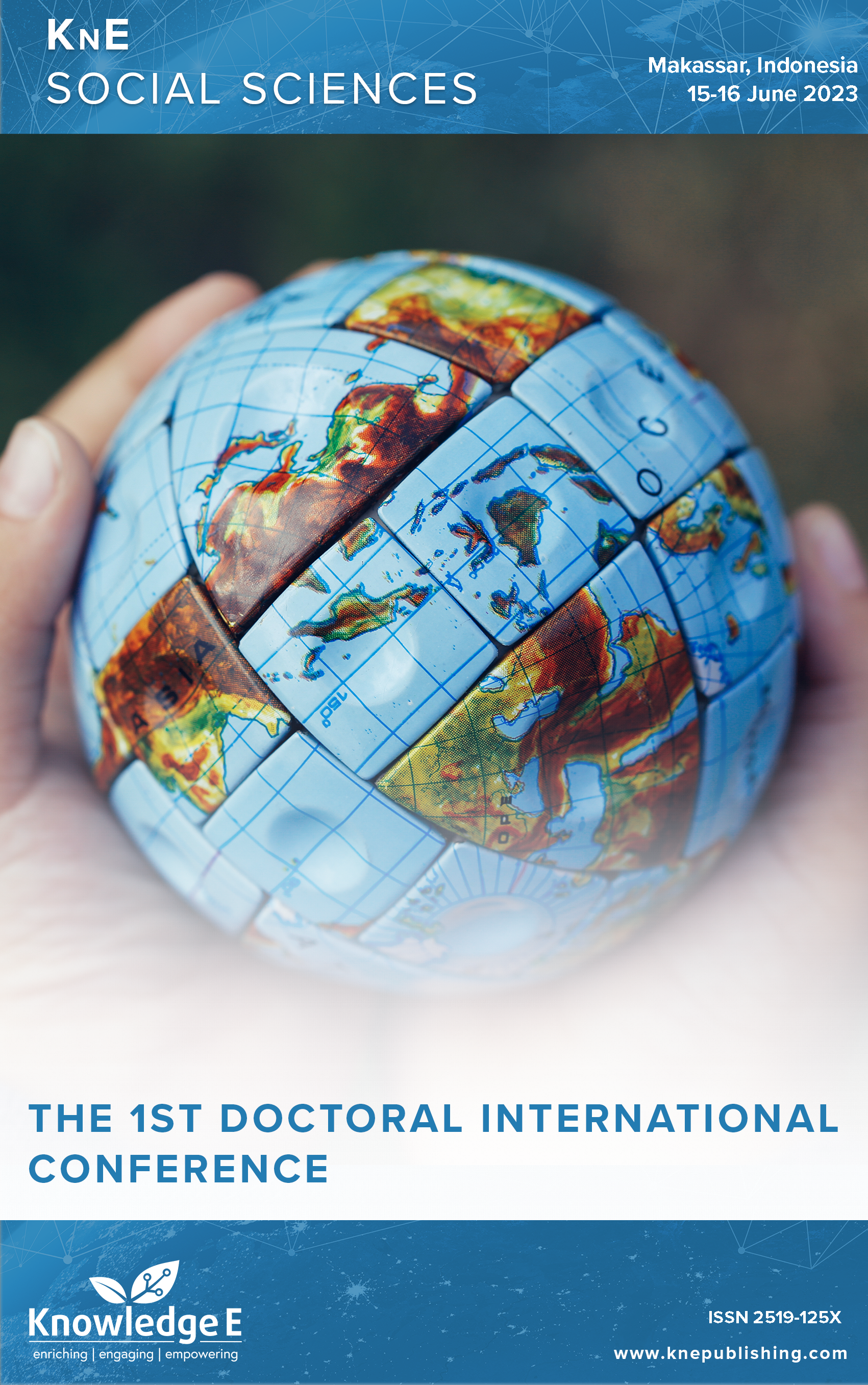Agile Governance Through Public Private Partnership: The Sunan Gunung Jati Tomb as a Religious Tourism Hub
DOI:
https://doi.org/10.18502/kss.v8i17.14117Abstract
This study delves into the public-private partnership between the Cirebon Regency Government and Kanoman Palace, aimed at developing the Sunan Gunung Jati tomb into a religious tourism hotspot. The Sunan Gunung Jati tomb complex has become the most visited site by tourists in Cirebon Regency. The tomb complex of Sunan Gunung Jati, located in Astana Village, Gunung Jati District, has emerged as a popular tourist destination in Cirebon Regency. Despite being a public good, the tomb is under the management and ownership of the private sector entity Kanoman Palace. In order to facilitate the development of this public good within the private sector, the Cirebon Regency Government implemented a public–private partnership approach. This study adopted a qualitative research method with informants selected through purposive sampling. Data validation was performed using triangulation. The findings reveal that a public-private partnership can be an effective instrument for achieving agile governance. It also underscores the pivotal role of the local government as a facilitator in the development of religious tourism. Furthermore, it identifies the primary actors involved in the development of religious tourism at the Sunan Gunung Jati tomb as the Kanoman Palace and the local community.
Keywords: public private partnership, religion tourism, agile governance
References
[2] Hariyanto. Destinasi wisata budaya dan religi di cirebon. Journal Ecodemica: Jurnal Ekonomi, Manajemen, dan Bisnis. 2016;4(2):214-222.
[3] Vani RV, Priscilia SO, Adianto A. Model pentahelix dalam mengembangkan potensi wisata di kota pekanbaru. ublikauma: Jurnal Administrasi Publik. 2020;8(1):63–70.
[4] Rawis P, Posumah J, Pombengi J. Pengembangan Objek Wisata Religius dalam Meningkatkan Pendapatan Masyarakat dan Pendapatan Asli Daerah. Jurnal Administrasi Publik. 2015;2(29):1298.
[5] Abdullah MT. Model public private partnership penyediaan infrastruktur pelayanan publik: Pengalaman Indonesia dan India. Publik Jurnal Ilmu Administrasi. 2020;9(2):102.
[6] Asian Development Bank. Public-Private Partnership (PPP) Handbook [Internet]. 2008. Available from: https://www.adb.org/sites/default/files/institutionaldocument/ 31484/public-private-partnership.pdf
[7] Arthur LS. Public Private Partneships (PPPs) for Sustainable Tourism. Inter American Development Bank. 2011.
[8] Bahits A, Komaruddin MF, Afriani RL. Strategi pengembangan tempat wisata religi untuk meningkatkan perekonomian masyarakat di gunung santri desa bojonegara kecamatan bojonegara serang banten. Jurnal Manajemen STIE Muhammadiyah Palopo. 2020;6(2):55.

